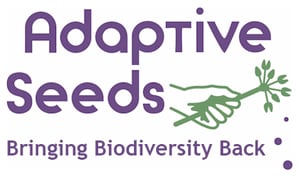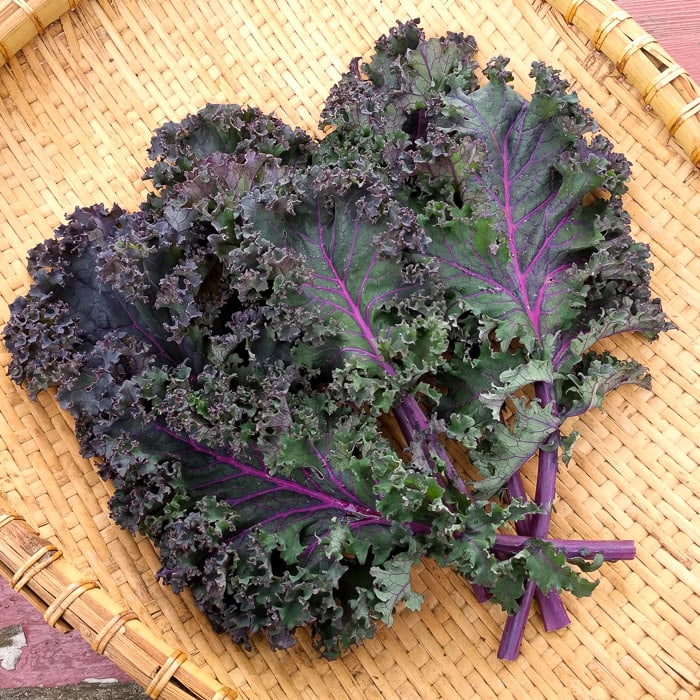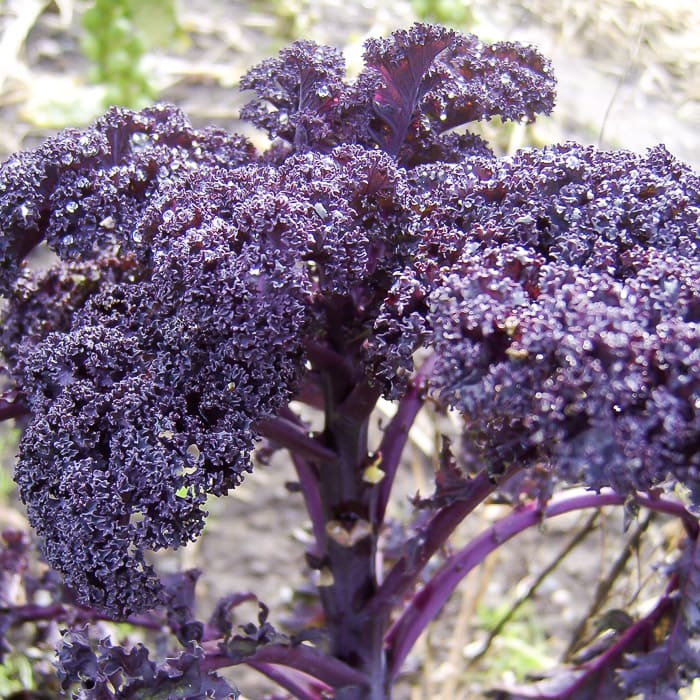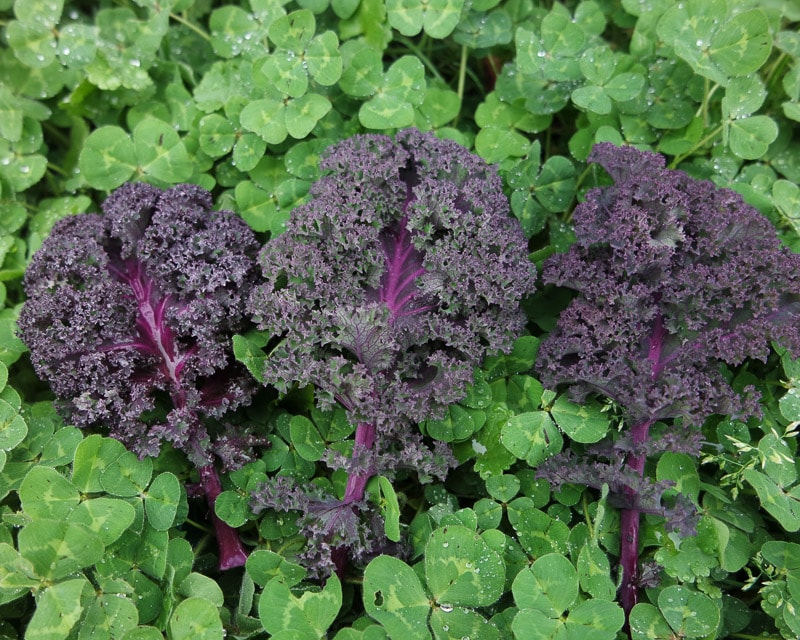Kale, Baltic Red (Organic)
Brassica oleracea. 65 days.
Sturdy 2′ tall plants have medium-sized finely curled, red leaves. The whole plants turn a deep purple red, especially after frost. Good yields and very hardy. Mildly flavored leaves turn dark green when cooked. Baltic Red is really quite gorgeous and a great choice for an “edimental,” an edible ornamental. One of the parents of Redbor. An heirloom variety originating, as the name suggests, in the Baltic region of Europe. Given to the Seed Ambassadors Project by Søren Holt of Frøsamlerne, the Danish seed saving organization. Originally from Runåbergs Fröer, a small heirloom seed company in Sweden. Aka, Baltisk Rod Purpurkal.
Seed produced by Deep Harvest Farm on Whidbey Island, Washington.
As required by the Oregon Department of Agriculture and the Washington Crucifer Quarantine, all Brassica family seed lots have been tested and found negative for blackleg (Phoma lingam) by an approved, certified lab.
Sow indoors with good potting soil February through September. Transplant about 3-4 weeks after sprouting. In our region, kale can grow through the winter without protection, and survives best when sown in June or early July for this purpose. Alternatively, direct sow March through September.
Seed Saving
To maintain genetic diversity and prevent inbreeding, collect seeds from 10 or more plants of B. napus varieties, or 30 or more plants of B. oleracea. Cut seed heads when pods are dry, place on tarp, thresh by hand or by dancing. Winnow and screen to clean. Isolate from other Brassicas of the same species by ½ mile.





steph.cardoze (verified owner) –
Where did you grow this variety? Midwestern US
I started Baltic Red, Dazzling Blue Lacinato, and True Siberian seeds so that I can pop some kale into the ground for the winter once my last round of lettuce is done. I have never had better germination rates than these! I think out of the 40 seeds I started all but 1 seed germinated and all seedlings grew exceptionally fast and vigorous. The seedlings from these seeds actually surpassed the growth of some other kale seeds that I had planted 3 weeks before!
Overall great quality and I can’t wait to enjoy the kale this winter!
Upvote if this was helpful (0) Downvote if this was not helpful (0) Watch Unwatch Flag for removal